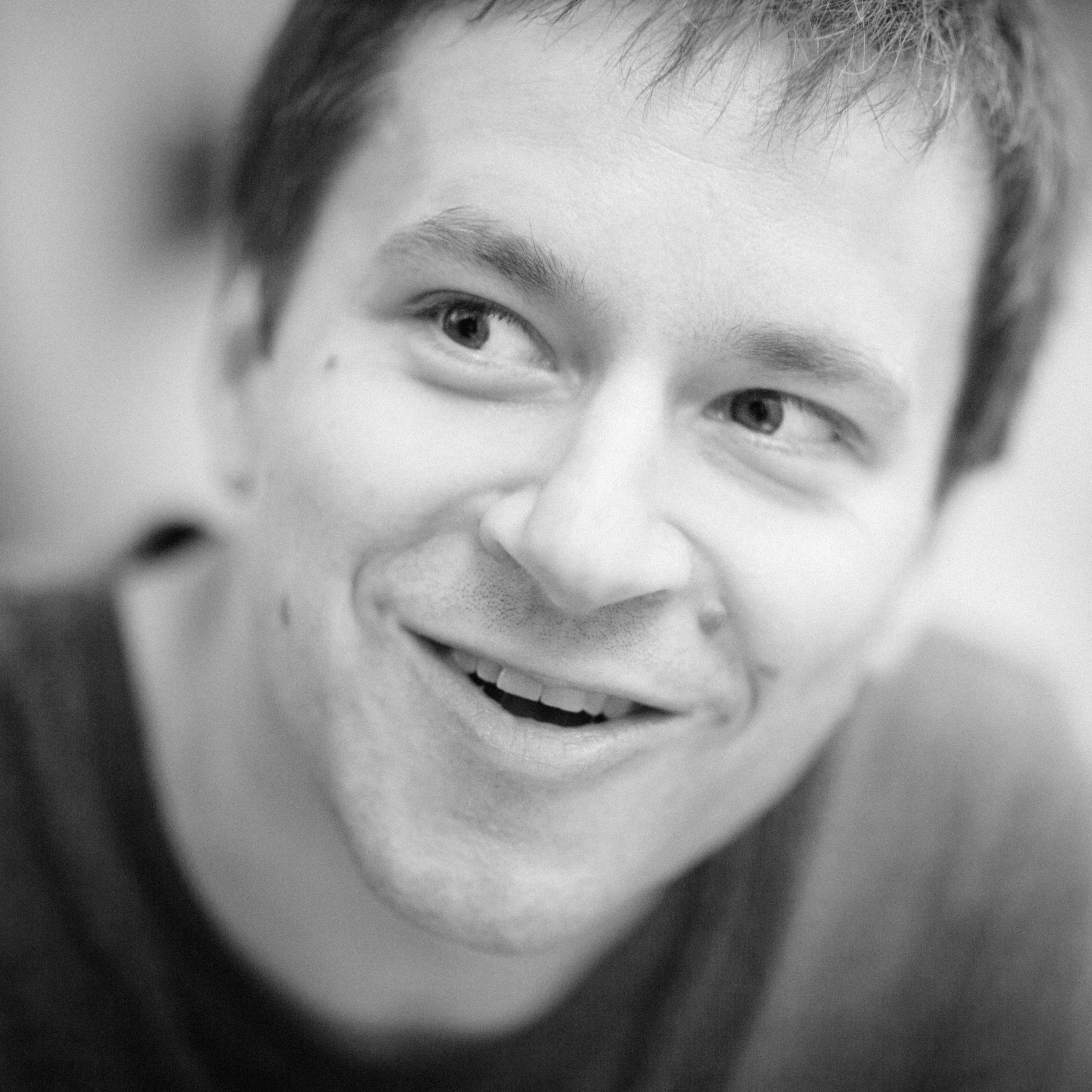
Stephen Lilly is a composer, performer, audio engineer, and sound artist. Originally from the Pacific Northwest, Stephen ventured east to study composition at the University of Maryland. In addition to his graduate degrees from UMD, he also has composition and bass performance degrees from the University of Idaho and spent a year at the Institute of Sonology in The Hague. Theatricality, language, and abstraction are themes that continually resurface in his creative work, the majority of which is scored for chamber ensembles, incorporating signal processing and computer generated sounds. Stephen has written works for CoMA (Contemporary Music for All) Britsol, pianist Hayk Arsenyan, saxophonist Steven Leffue, and soprano Stacey Mastrian and has worked closely with a collective of composer-performers he helped found, the Bay Players Experimental Music Collective. His writings on contemporary experimental music have been published in Organised Sound, Performance Research, Perspectives of New Music, and Computer Music Journal. Recordings of his compositions are available from ink&coda, the SEAMUS Electroacoustic Miniatures Recording Series, and C7 Music and recordings he has engineered have been released on Neuma, Navona, and Albany Records. Stephen currently lives in DC where teaches audio production, music theory, composition and plays with These Quiet Colours. For more information please visit www.stephenlilly.net
Compositions
Edgeplay is a guided improvisation for saxophone and live signal processing (MaxMSP). As the title implies, the piece explores boundaries, thresholds, and extremes. The saxophonist is instructed to push technique beyond the limits of control and investigate timbre as a delineator of sound: differentiating registers, distinguishing tone from breath and focused pitch from bands of noise. The score is a hybrid of text and graphics, left intentionally vague to suggest rather than dictate the performer’s investigation. The electronics (primarily spectral manipulations of the live saxophone) react to extremes, dynamic and durational, and adjust to the performer over the course of the piece. The sonic result is a mapping, albeit partial, of the sonic transformations idiomatic to the saxophone when in the capable hands of a trained performer.